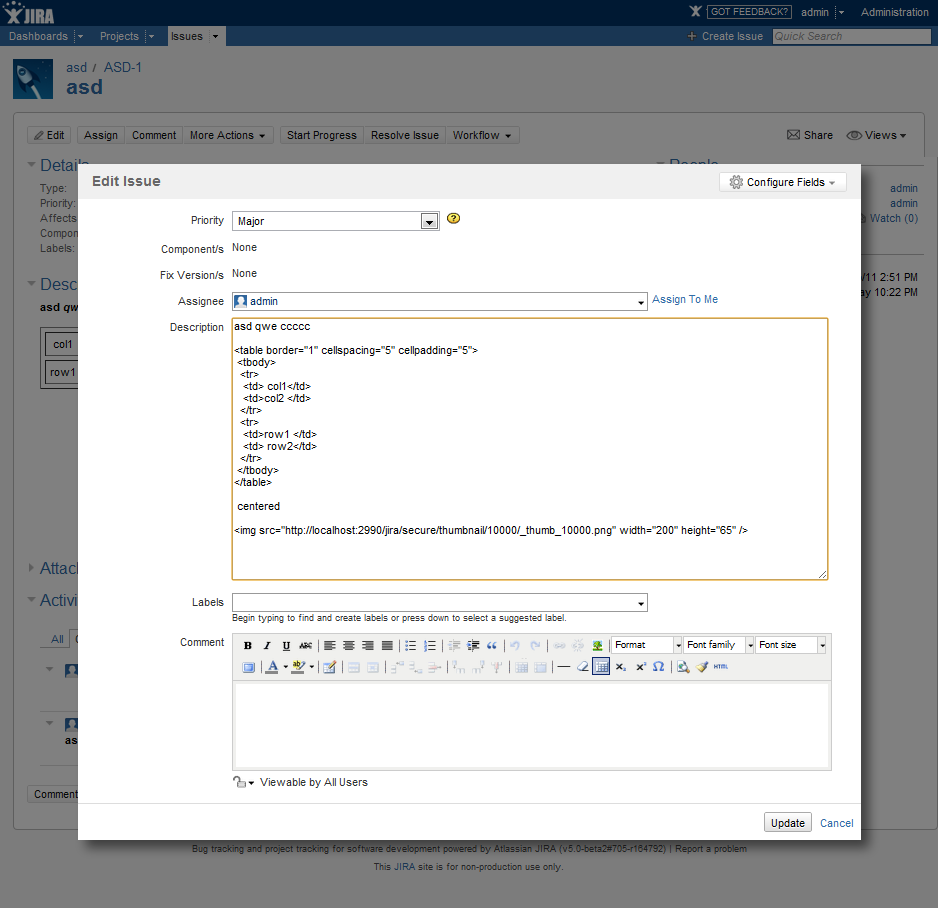

Then content can be edited with the buttons similar to those applicable in Microsoft Word Documents (or any other type of writer): You can preserve this formatting by ticking option 'Keep linebreaks' before inserting text. When pasted as plain text, the content appears with no styles assigned to it. You paste the text into the window and click Insert button under it. If you wish to try pasting your text as plain text, you should click the Paste as Plain Text button on your toolbar (after you have successfully activated it). On activating these icons, your toolbar will have the following options: You will see there the list of available icons appearing on your toolbar, and you have to activate Paste as Plain Text and Paste from Word buttons by ticking the boxes near them: By clicking on this active header, you will see several tags, among which Toolbar is what you actually need. There under Plone Configuration title you will find TinyMCE Visual Editor option. You should go to Site Setup configurations in the upper right corner under the user name drop-down menu. However, they do not appear on the default TinyMCE toolbar. There are two buttons specifically designed for copying text - Paste as Plain Text and Paste from Word. You may either edit the text by clicking the HTML button on the toolbar (in case you are well-versed in HTML code) or use the functions of the TinyMCE text editor applied in Plone 4.0 (type of multi-functional and user-friendly WYSIWYG editor - What You See Is What You Get). Solution: there are two ways out that could improve the process of pasting-editing. You should therefore always REMEMBER that whichever parting mode you choose, editing stage is CRUCIAL and cannot be neglected. The editor (or content manager who inserts content to the Plone website) is a human being and could miss on some important points relying solely on the ‘intelligence’ of Plone configurations. However, when dealing with a lot of content, you should take into consideration that this type of pasting might presuppose additions and omissions that could be later neglected during the editing stage. When dealing with a small portion of text, this pasting mode is possible and could be easily enhanced.


Result: desirable text formatting (italics, bold type) is partially preserved, though additional paragraphs appear, so editing is required. When simply copied to Plone Body text field, this is what happens: So, we have the following Microsoft Word Document: BUT, let us have a closer look at what might happen in this case. The amateur Plone user would simply copy the text from Word. And it is the latter case that presupposes problematic issues. Then goes the Body text containing most of the information and, simultaneously, most of the problems with text formatting.įirst of all, there are several ways of inserting content - you may either write directly in the Body text field (this is in case you are the main source of information) or copy text from a document (most frequently used secondary source). Then you must fill in the Title field for your future web page, the Summary field can be either filled in or left blank as you wish. Of course, the whole process of adding content starts from simply adding a new Page in the Add new drop-down menu of your default Plone website. NB! The tutorial is based on Plone 4.0 and the default TinyMCE text editor (type of WYSIWYG - What You See Is What You Get). This tutorial is therefore aimed at observing the main problems that might appear and the ways to successfully cope with them. Plone suggests a few solutions to copying desirable content (in text format) from Microsoft Office Word to your web page. Quite often the information is prepared in Microsoft Office Word or other Writers (also open source-based), and then the IT-specialists have to break their necks over solving the problems of copying the information onto a web page. Usually the information you want to display is preliminary prepared by the experts in the sphere and very often these people do not have a single clue about the complex procedure of adding content to the web page. The last criterion, visual characteristics, however poorly important it might seem, actually accounts for both ease of perception and attractive look of the web page. Information, or content, displayed on each page should be structured in a way that would attract people, appear to be useful and easily perceived by both mind and our eyes. Naturally, one of the most important tasks of a web page is to deliver necessary information to the users.


 0 kommentar(er)
0 kommentar(er)
